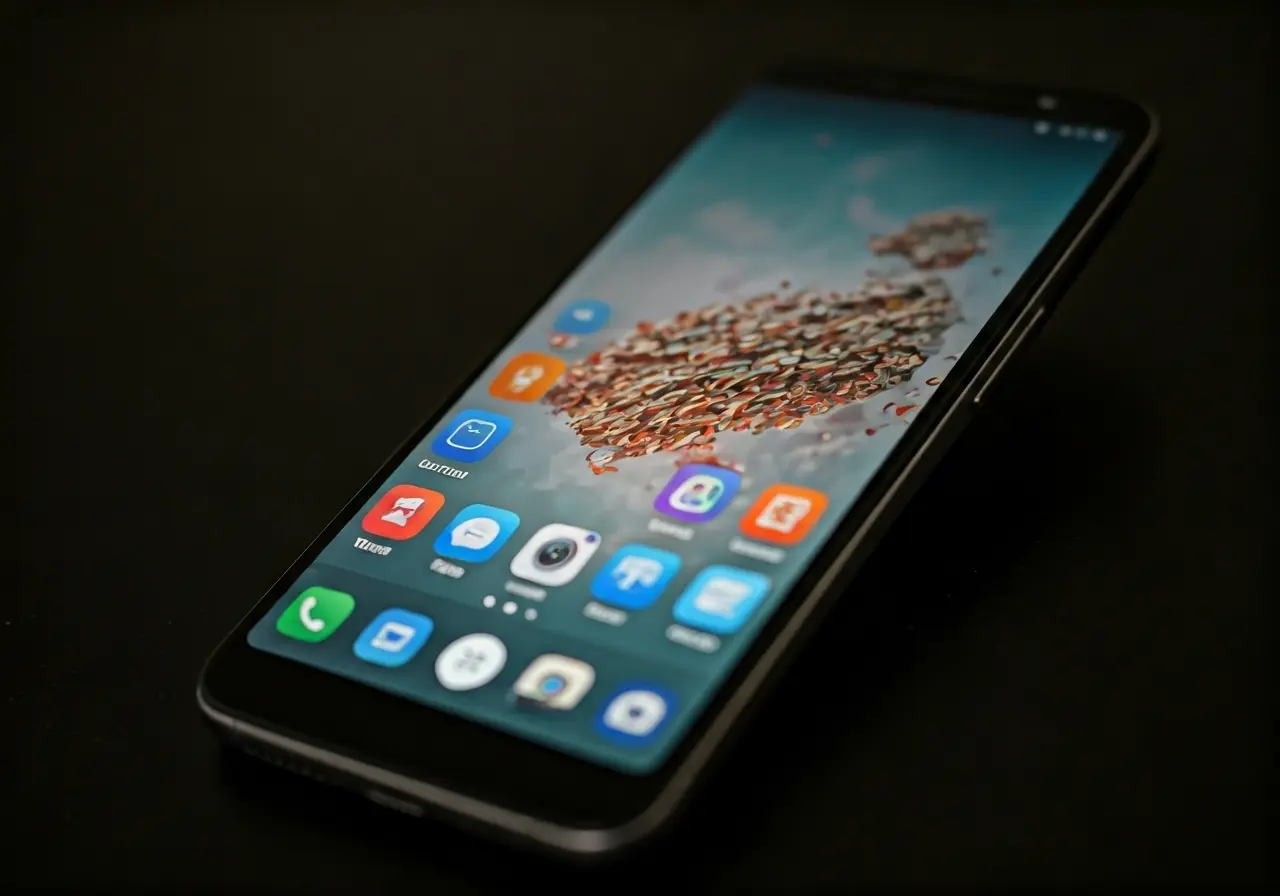App Designers’ Influence on User Experience and App Popularity
In today’s digital age, the role of app designers has become more crucial than ever. They are the driving force behind the look and feel of apps, and their influence extends far beyond aesthetics. An app designer’s ability to blend functionality with visual appeal is key to creating an engaging user experience, which in turn can significantly impact an app’s popularity. In this blog, we will explore the various ways app designers shape user experiences and influence the success of the apps we love.
Understanding User Experience Design
User experience (UX) design is all about creating paths that make navigation within an app easy and enjoyable. App designers strive to understand user needs and pain points to deliver a solution that enhances satisfaction and usability.
Delving deeper into user experience, app designers employ tools like user personas and journey mapping to better grasp how individuals interact with their applications. This meticulous focus ensures that the end product resonates with its intended audience. These methods allow designers to anticipate user needs and incorporate features that address them effectively. For example, when designing a fitness app, understanding the user’s journey might highlight the need for easy-to-access workout logs or calorie tracking features. Moreover, testing prototypes with real users can offer invaluable insights and lead to further refinements. Each stage of this process is critical as it ensures the app not only meets user expectations but often exceeds them, leading to increased user retention and loyalty.
The Intersection of Aesthetics and Functionality
A successful app blends beauty with ease of use. Designers must ensure that the app isn’t just visually appealing but also functions smoothly. This balance is crucial in keeping users engaged and coming back for more.
In the ever-evolving world of app design, achieving synergy between aesthetics and functionality remains both a challenge and an art form. It’s a dance that requires designers to be not just artists, but engineers as well. Consider popular apps that dominate the market; their visual allure is undeniable, yet their functionality remains uncompromised. For instance, a photo editing app must offer an aesthetically pleasing interface while providing robust editing tools that cater to both novices and professionals. The ability to seamlessly switch between these roles prevents frustration and delights users, ensuring they choose their app time and again. Moreover, utilizing design systems like material design can further streamline this balance, offering pre-set guidelines that aid in building intuitive and visually appealing components. By adhering to such principles, designers can maintain consistency across platforms, delivering a coherent and satisfying user experience.
Navigating Design Challenges
Designers face various challenges, including accommodating diverse user preferences and ensuring compatibility across devices. Overcoming these hurdles requires creativity and adaptability while staying true to the app’s core purpose.
In today’s market, one of the biggest challenges app designers encounter is the sheer variation in screen sizes and resolutions. As users access apps from myriad devices, ranging from compact smartphones to expansive tablets, maintaining a consistent user experience is paramount. Furthermore, designers must consider cultural differences, ensuring that their design choices are resonant and respectful across global markets. Integrating feedback quickly becomes invaluable, as real-world testing provides insights that studio environments may overlook. This adaptability not only helps designers refine their creations but also ensures the app becomes an indispensable tool for its users.
Security is another frontier app designers must navigate diligently. As the reliance on digital platforms grows, so too do concerns around data privacy and security breaches. Ensuring that user information remains protected without compromising on interface fluidity becomes a tightrope walk for many designers. While aesthetically pleasing designs can attract users, a commitment to safeguarding their data ensures they’ll remain. Implementing security protocols, while maintaining an intuitive design, signals a designer’s dedication to both user safety and user experience. This balance is not just a best practice; it reflects an understanding of the modern user’s expectations and concerns.
The Power of Accessibility in App Design
Ensuring that apps are accessible to everyone is a core responsibility of app designers. By incorporating features that cater to users with disabilities, designers can widen their app’s reach and inclusivity.
Inclusivity in design is the benchmark of a forward-thinking app. By integrating features like voice assistance and adjustable text sizes, designers cater to a wider audience. This not only makes the app more usable but also champions the cause of digital equality. It is crucial to embed these considerations from the inception of the design process, ensuring that accessibility doesn’t become an afterthought. Moreover, adhering to standards like the Web Content Accessibility Guidelines (WCAG) can guide designers in creating apps that respect and support all users, regardless of their unique challenges. By focusing on accessibility, app designers not only adhere to ethical standards but also enhance user satisfaction and engagement, paving the way for greater app success.
Designing for User Engagement and Retention
User engagement is a major factor in an app’s success. Designers incorporate elements like gamification, dynamic content, and personalized interfaces to keep users interested and invested.
Effective user engagement strategies often draw from psychological insights, tapping into users’ motivations and desires. By fostering a sense of community through social features, apps encourage users to return and interact more often. Even simple elements like notifications or reminders can be powerful tools if used judiciously. They serve to nudge the user back into the app without becoming intrusive. Personalized experiences where users see content tailored to their preferences or past behavior further solidify the bond between the app and its user. These tactics don’t just preserve app usage; they cultivate a loyal user base that advocates for and promotes the app, enhancing its popularity organically.
Harnessing data analytics can also offer designers a peek into user behavior, allowing them to adjust and optimize features in real-time for better engagement. Tailoring the user journey based on insights from data patterns ensures that the app grows in tandem with its users, adapting to their evolving needs. Through this proactive approach, designers can sustain user interest, even as various competitors seek to pull them away with new offerings. This consistent dedication to refining the user experience based on tangible data is a testament to the designer’s commitment to their audience and ensures long-term app success.
The Lasting Impact of App Designers
App designers play a vital role in shaping how users interact with apps and perceive their value. By focusing on intuitive design, seamless functionality, and accessibility, they can create experiences that delight users and promote app popularity. As the digital landscape continues to evolve, the influence of app designers on user experience and app success will only continue to grow, making their skills and creativity indispensable in the tech industry.






Leave a Reply
Want to join the discussion?Feel free to contribute!